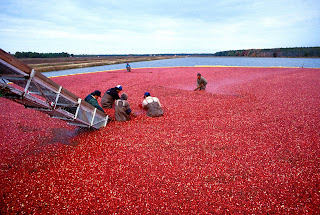Yesterday morning (November 24th) I received this question via Ask An Expert (the
national Extension online “help desk” system) and thought it worth sharing.
“We are new to Longmont, CO. Our Lawn Service called my husband and said that they were coming Tues. Nov. 24th for our last fertilization of 2015. I have never heard of anyone putting down fertilizer in late November after two snows??? What is your opinion. Should this be allowed? Will it do any good? Will it harm our lawn? Certainly can't water after the application. Sprinklers have been shut off for a month or more. Please Answer Tuesday if possible!!!! HELP….”
My reply:
Hi,
Just received this a few minutes ago - so hope I'm not too late to answer.
Fertilizing this "late" is not a problem IF:
1. The fertilizer can be watered in. (But you can't...so Reason 1 not to).
2. The lawn is still green (I'm not sure if yours is still green? But even if it is green, see reason #1).
3. The ground is unfrozen. (Not sure if yours is still unfrozen? I was on lawns and a golf course in the past couple of days and the soil was already frozen is spots about 1 inch deep).
So, the short answer: I would not recommend that the fertilizer be applied to your lawn at this time (late November).
Here is a longer explanation of why not (feel free to share with your lawn care company):While applying nitrogen now (even if the ground is frozen...and/or you can't water it in) CAN be beneficial to the lawn, there is an important environmental downside to applying N under the current conditions. Research in the northern U.S. (U. Minnesota and U. Wisconsin) has demonstrated that late fall N applied to frozen or soon to be frozen soil (or to turf that has entered into winter dormancy) is at risk for leaching or runoff into places we don't want nitrogen going - like groundwater or surface water (lakes, ponds, rivers). Even if you don't live anywhere near a lake or stream, nitrogen can move from frozen/dormant lawns onto streets (then to storm drains on the street), from where it can be transported to surface water (usually streams or rivers in the Front Range of Colorado). So, to avoid the possibility of N movement into water sources, it is best to avoid very late (like November 25th) fertilization of lawns.
Hope this is helpful - and was received in time!
Tony
YES, we still recommend late-season (aka "fall fertilization") of cool-season lawns (bluegrass, fescue) in Colorado. However, from an environmental safety perspective, it is best done during September and October to give the turf ample opportunity to take up the applied nitrogen so that there is much less potential for it to move from the turf into ground and surface water.
Happy Thanksgiving!













